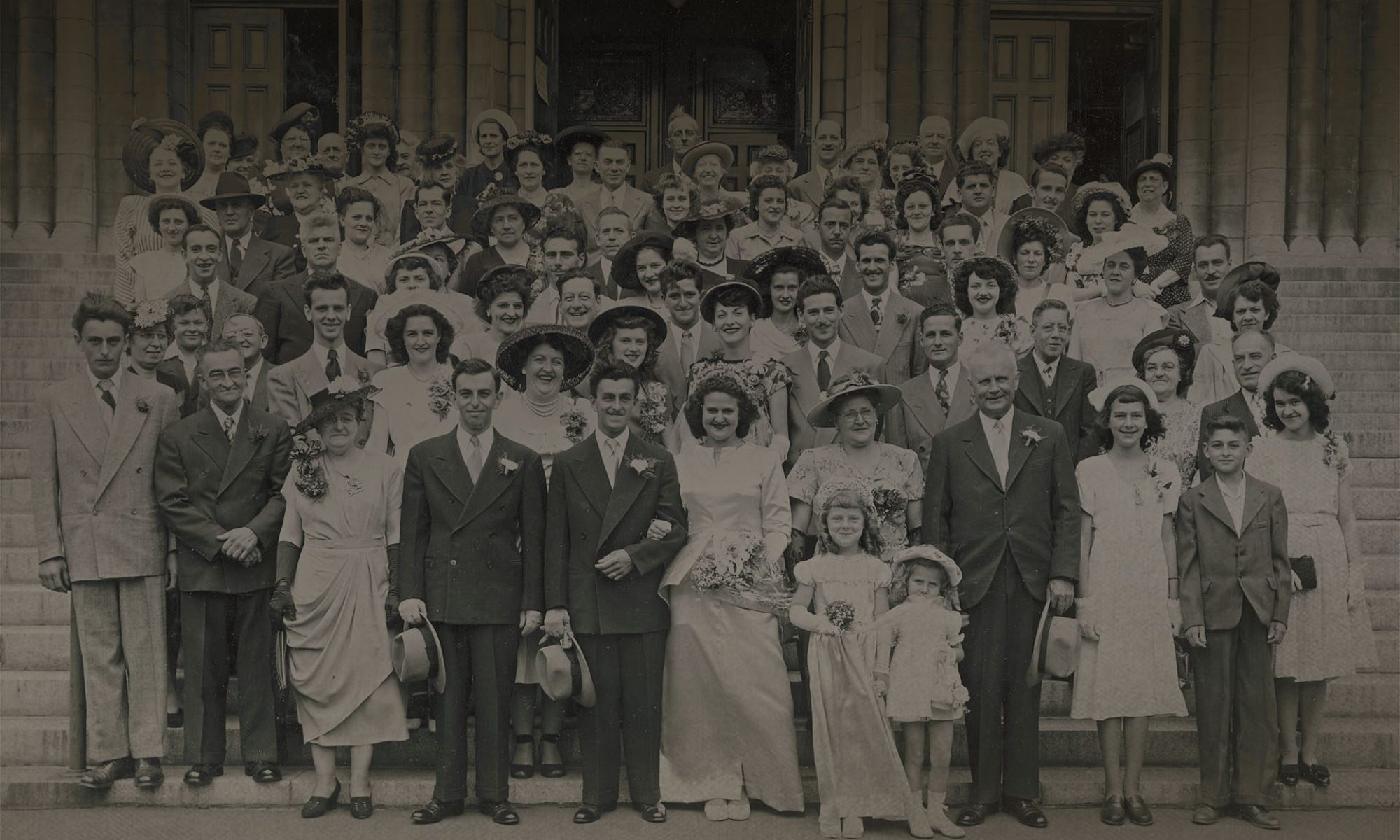This post is also available in: Français
There are a thousand reasons for starting genealogical research: You want to find your ancestors, know the origins of your family, and answer the questions asked by your children and grandchildren. But when you find yourself with a family tree to fill out, you don’t necessarily know how to do it, where to start your research, or how to organize the data you’ve collected. Here are some tips to start gathering genealogical information.
Question your family members
In families, oral tradition can play a major role in putting together a family tree. The elders who are still living, whether or not they’re close relatives, love to discuss, often passionately, their bygone youth and reveal valuable information about the origins and migrations of the various branches of the family.
If you don’t own any genealogy software, it’s essential to make a sheet for each person you question and record the information collected there, as well as the date and place of birth, the maiden name, and the date and place of marriage.
Gather together old papers
It’s very moving to dive into the letters, postcards, wills, contracts, death certificates, and newspaper clippings that have been carefully preserved by our ancestors. They’re also full of valuable information, and they help us learn more about our ancestors.
Consult church records and archives
Since church records contain baptism, marriage, and burial certificates, they constitute a very important source of information during genealogical research, and they let you reach back into the 17th century.
Like Québec’s civil status records, they were microfilmed by the Drouin Genealogical Institute and can be consulted online at this address. In Québec, it’s also possible to go and consult the national archives free of charge and trace back to the beginnings of the colony.
Contact a genealogical society
Genealogical societies give advice to researchers and provide them with the tools and techniques that allow them to carry out successful research. They also offer access to different databases for a few dozen Euros as well as genealogy workshops.
Organize the collected data using genealogy software
To arrange the collected data, it’s best to use genealogy software. There are very practical programs out there that are totally free and that let you:
- Create your family tree by identifying each person. You assign a sheet to each family member with their photo and their information (first and last name, gender, date and place of birth, date and place of marriage, date and place of death).
- Record the characteristics of the sources (testimonials, official certificates, notarized deeds, documents, archives, etc.)
- Classify each family member
- Note the important milestones of your loved ones in a calendar, with the possibility of a reminder
- Print out a family tree in the form of an ascending list or a graph, and even provide 3D views of the tree
- Generate reports
- Export genealogical data
- Incorporate historical dates in order to place family members in their time
- Check the consistency of the information entered by cross-checking the dates
- Pair the family tree with a genealogy website or a mobile version for tablets or smartphones.
Conducting an investigation to find traces of your ancestors and the thread of your origins is an exciting adventure, and many Quebeckers are infected with the genealogy virus. But you should still be organized, know where to start your search, and how to arrange the information collected in a practical way to arrive at a well-filled-out family tree.


